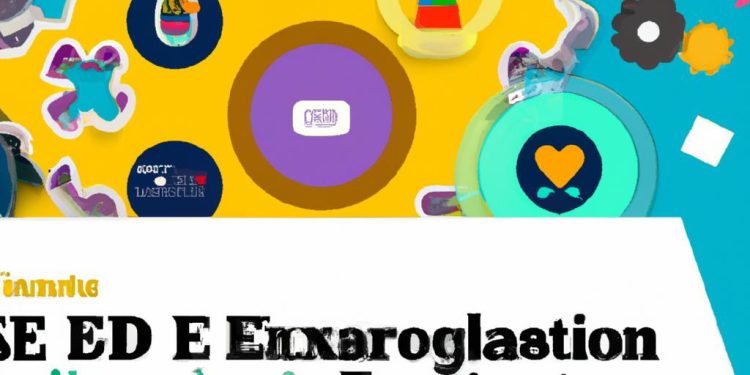In a universe where education and technology intersect, there lies a unique ecosystem bustling with promise and potential – a cosmos we affectionately dub as ‘EdTech.’ Like explorers navigating the ebbing and flowing seas, educators are charting the vast expanses of this digital horizon, steering towards a future of boundless learning opportunities. Join us as we embark on a journey with these EdTech Explorers. Together, we’ll delve into tried and tested strategies for integrating technology in the modern classroom – weaving software and circuitry into the very fabric of education. Prepare for a voyage of discovery, innovation, and learning on a scale you’ve never imagined before. Navigating the modern EdTech landscape can overwhelm even the most seasoned educators, yet it holds vast potential to enhance teaching and learning. The key lies in hearing through the buzz to uncover the most effective tools. Whether it’s interactive whiteboards enabling immersive experiences or smart devices fostering collaboration, the goal remains paving avenues for deeper understanding. Meanwhile, learning management systems streamline course preparation, analytics, and communication, whereas educational apps open new paradigm for self-guided learning.
Teaching and learning methodologies are under constant evolution, adapting to student needs too. Bold measures include reprogramming traditional teaching methods to embrace EdTech’s continual tweaks and shifts. Trusting the process means dispensing old habits, such as one-way pedagogy and embracing more engaging, student-centered strategies. It’s about grappling with technology’s rapid shifts and harnessing its power to enhance classroom experience, involve students, and ultimately ignite their eagerness for knowledge.
According to experts, strategic EdTech integration is crucial in reimagining classroom experiences, but this necessity doesn’t transpire in a blanket fashion. It behooves careful planning and mindfulness regarding the learning environment and specific student’s needs each tool serves. Whether it’s gamifying content delivery, mobile learning, virtual reality exploration, or applying artificial intelligence to track student progress – picking the right tools with a strategic overlap of technology and pedagogical goals is critical.
Generating Real Impact: Recap of Expert Recommendations
| Recommendation | Description |
|---|---|
| Understanding needs | Identify specific needs of a curriculum, students, and educators before selecting an EdTech tool |
| Continuous Training | Ensure skill development and regular training for teachers to make optimum use of the tools |
| Evaluation & Feedback | Regular assessment of EdTech’s effectiveness and students’ feedback loop to refine integration strategy |
Remember, successful EdTech implementation isn’t instant, and it isn’t about stuffing classrooms with the latest devices. It’s a thoughtful journey of adopting tools that genuinely complement your teaching style, resonate with learners, and fit into your educational vision. So take it slow, experiment, refine, and continually seek to transform teaching and learning experiences for better.
In this brave new world of digital innovation, explorers in educational technology forest are blazing trails, forging connections, and building bridges — from the physical to the digital, from the traditional to the innovative, and from passive learning to active engagement. With every strategy, tool or method we’ve uncovered in this article, there’s the potential to take us towards a brighter, smarter future. So, step boldly into this universe of EdTech and explore the myriad possibilities to transform education. Always remember, the journey towards effective integration is an ongoing expedition, never a destination. Stay curious. Stay innovative. Stay an EdTech Explorer.




